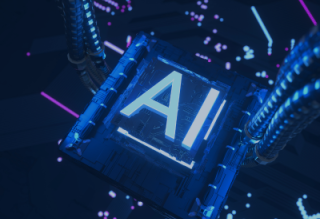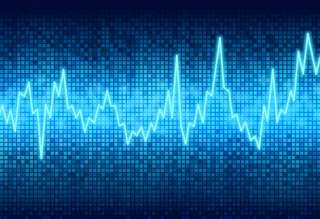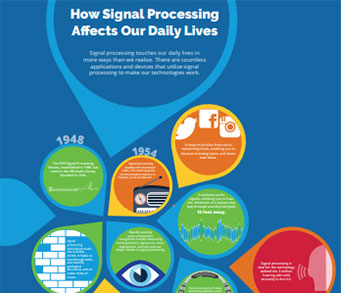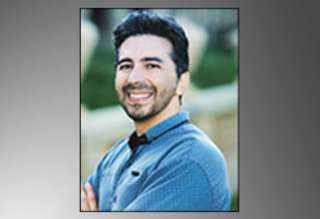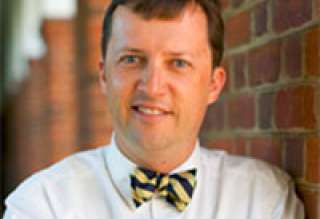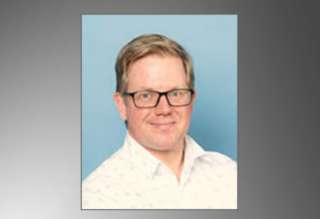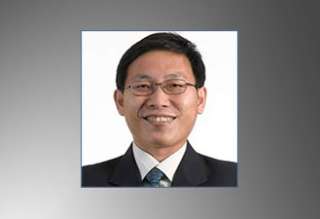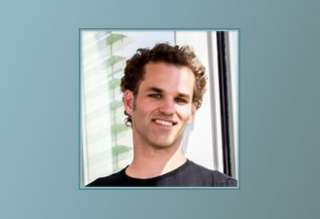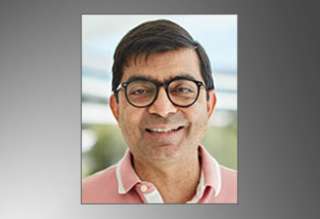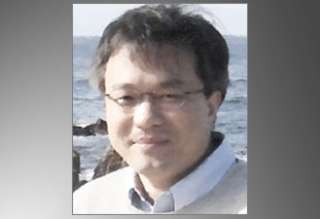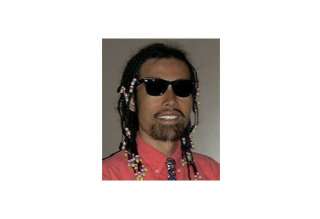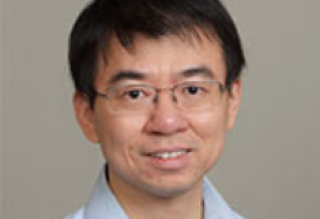SPS Feed
Top Reasons to Join SPS Today!
1. IEEE Signal Processing Magazine
2. Signal Processing Digital Library*
3. Inside Signal Processing Newsletter
4. SPS Resource Center
5. Career advancement & recognition
6. Discounts on conferences and publications
7. Professional networking
8. Communities for students, young professionals, and women
9. Volunteer opportunities
10. Coming soon! PDH/CEU credits
Click here to learn more.
The Latest News, Articles, and Events in Signal Processing
Chapter: Portugal
Chapter Chair: Nuno Rodrigues
Title: The Role of Diffusion Models in Generative AI
Chapter: Portugal
Chapter Chair: Nuno Rodrigues
Title: Diffusion Models for Next-Gen AI
Chapter: Italy
Chapter Chair: Enrico Magli
Title: From Chat GPT to a Semantic Transformer
Chapter: Thailand Chapter
Chapter Chair: Krittika Kantawong
Title: Spatial Audio Intelligence
Date: 18 August 2025
Chapter: South Australia Chapter
Chapter Chair: Sudipta Chakraborty
Title: Digital Camera Signal Processing — History, Recent Advances, Challenges, and Opportunities
Date: 17 August 2025
Chapter: New South Wales Chapter
Chapter Chair: Ambarish Natu
Title: Digital Camera Signal Processing — History, Recent Advances, Challenges, and Opportunities
Date: 11 August 2025
Chapter: Western Australian Chapter
Chapter Chair: Syed Islam
Title: Digital Camera Signal Processing — History, Recent Advances, Challenges, and Opportunities
Date: 11 August 2025
Chapter: Northeast Brazil SPS Chapter
Chapter Chair: André L. F. de Almeida
Title: Sparse Sensor Array Design and Processing for High-Resolution Sensing
Date: 8 August 2025
Chapter: New Zealand Central/North/South Joint Chapter
Chapter Chair: Matthew Legg
Title: Digital Camera Signal Processing — History, Recent Advances, Challenges, and Opportunities
Date: 11 July 2025
Chapter: Pune
Chapter Chair: Madhya Pradesh Chapter
Title: Better Innovation
Date: 10 July 2025
Chapter: Pune
Chapter Chair: Varsha Harpale
Title: Easy and Lazy Technical Writing: Solid logic to invoke an Aha-Experience
Date: 15 August 2025
Chapter: Denmark
Chapter Chair: Zheng-Hua Tan
Title: Unlocking Multimodal Intelligence with Large Language Model
Date: 26 July 2025
Chapter: Vietnam Chapter
Chapter Chair: Nguyen Linh Trung
Title: Spatial Audio Intelligence: From Representation to Understanding and Control of Auditory Environments
Date: 01-October-2025
Time: 09:00 AM ET (New York Time)
Presenter: Dr. Xihua Sheng
Date: 08-August-2025
Time: 08:00 AM ET (New York Time)
Presenter: Dr. Fan Liu
Pages
SPS Social Media
- IEEE SPS Facebook Page https://www.facebook.com/ieeeSPS
- IEEE SPS X Page https://x.com/IEEEsps
- IEEE SPS Instagram Page https://www.instagram.com/ieeesps/?hl=en
- IEEE SPS LinkedIn Page https://www.linkedin.com/company/ieeesps/
- IEEE SPS YouTube Channel https://www.youtube.com/ieeeSPS

